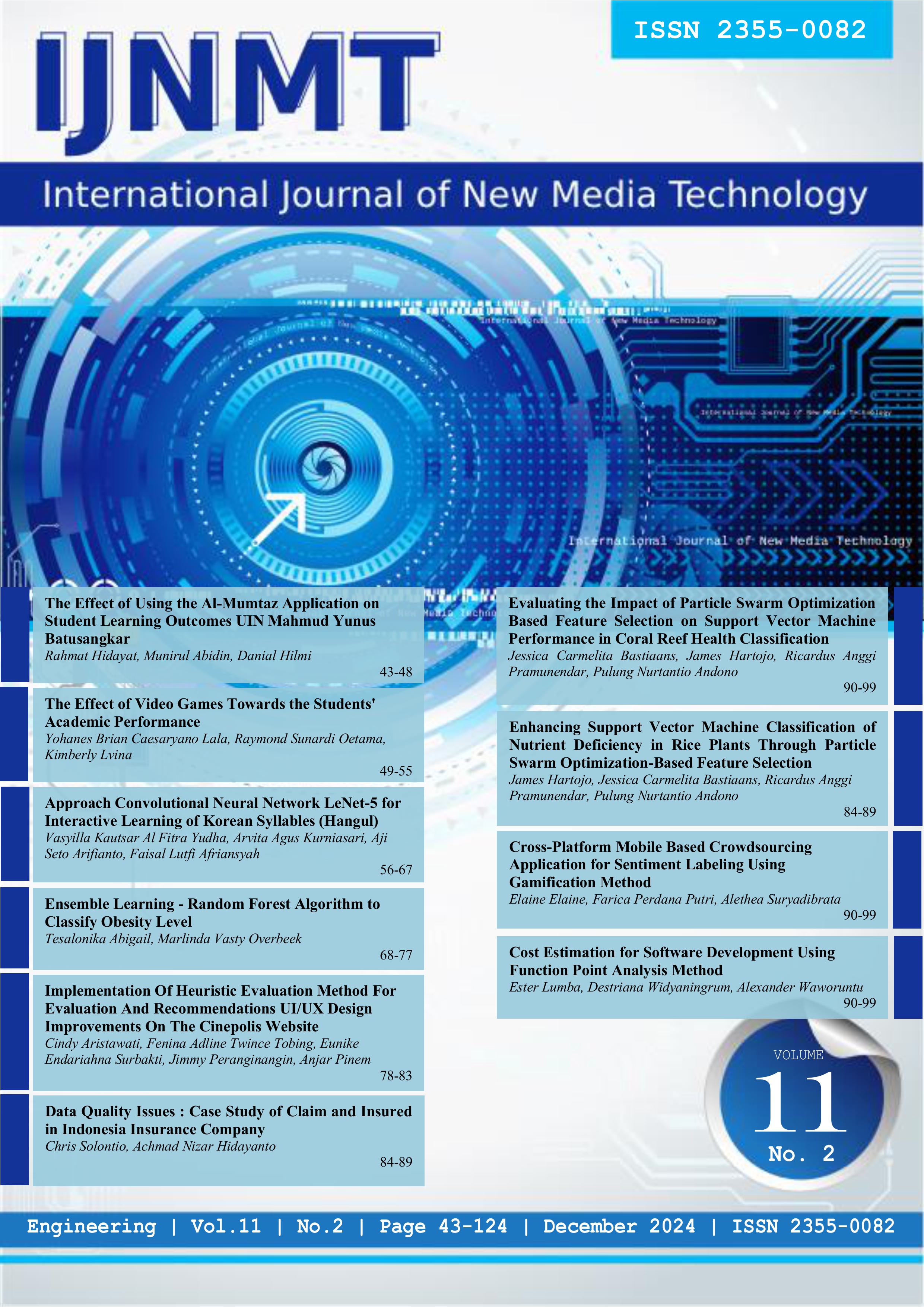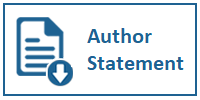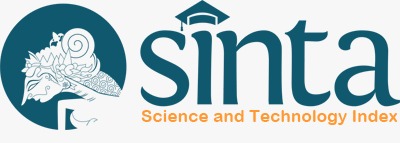Data Quality Issues : Case Study of Claim and Insured in Indonesia Insurance Company
DOI:
https://doi.org/10.31937/ijnmt.v11i2.3755Abstract
Data has become an asset for insurance companies that have many benefits and management needs to realize the importance of data quality to avoid the impact of poor data quality. In this study, data quality measurement will be carried out by observation to see the total amount of invalid data from data dimensions, namely, accuracy, completeness and consistency of the relationship between claim data and insured, and findings from each data fields in this case study. In addition, researchers conducted interviews to find out the obstacles faced by IT, Customer Retention, Operational, and Actuary teams where they are directly related to data flow and data processing. From the results of the analysis, there is invalid data that will affect the analysis and cause obstacles faced by users according to the interview results. In the conclusion, management needs to form a data govenance team to avoid poor data quality that has responsibility for data flow and maintains data quality in order to provide a positive impact such as providing the right data accuracy in data analysis and user time to be more effective in data processing, assisting in making data warehouses, applying AI and digital transformation as a form of improvement in the services provided.
Downloads
Downloads
Published
How to Cite
Issue
Section
License
Authors retain copyright and grant the journal right of first publication with the work simultaneously licensed under a Creative Commons Attribution-ShareAlike International License (CC-BY-SA 4.0) that allows others to share the work with an acknowledgement of the work's authorship and initial publication in this journal.
Authors are able to enter into separate, additional contractual arrangements for the non-exclusive distribution of the journal's published version of the work (e.g., post it to an institutional repository or publish it in a book), with an acknowledgement of its initial publication in this journal.
Copyright without Restrictions
The journal allows the author(s) to hold the copyright without restrictions and will retain publishing rights without restrictions.
The submitted papers are assumed to contain no proprietary material unprotected by patent or patent application; responsibility for technical content and for protection of proprietary material rests solely with the author(s) and their organizations and is not the responsibility of the IJNMT or its Editorial Staff. The main (first/corresponding) author is responsible for ensuring that the article has been seen and approved by all the other authors. It is the responsibility of the author to obtain all necessary copyright release permissions for the use of any copyrighted materials in the manuscript prior to the submission.















